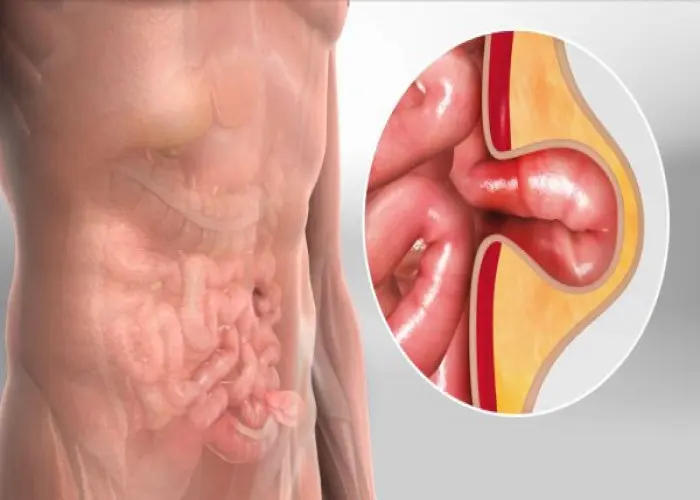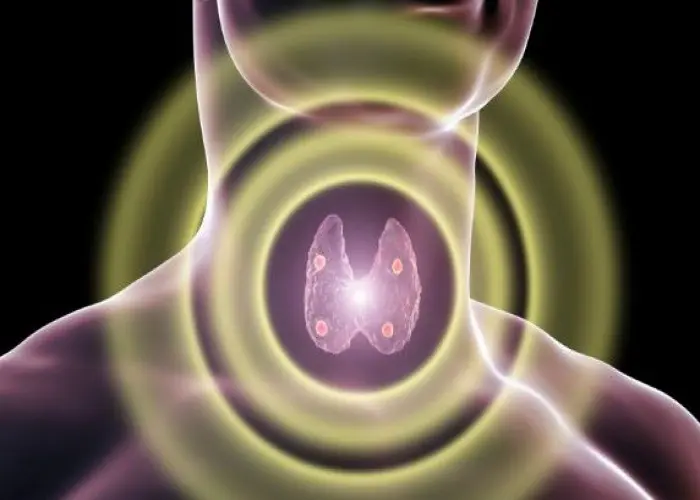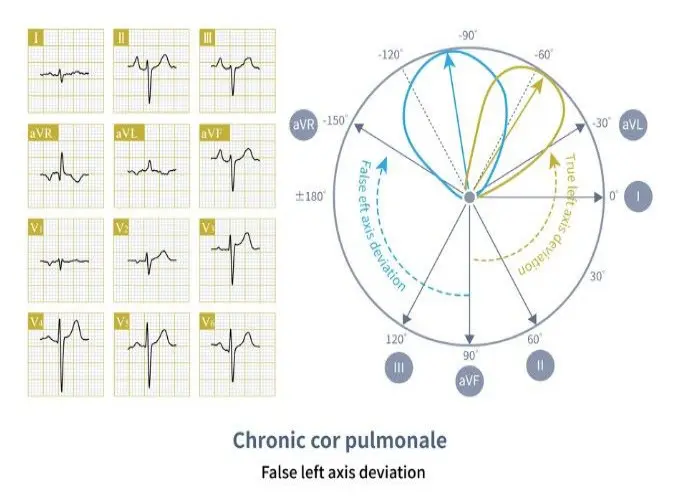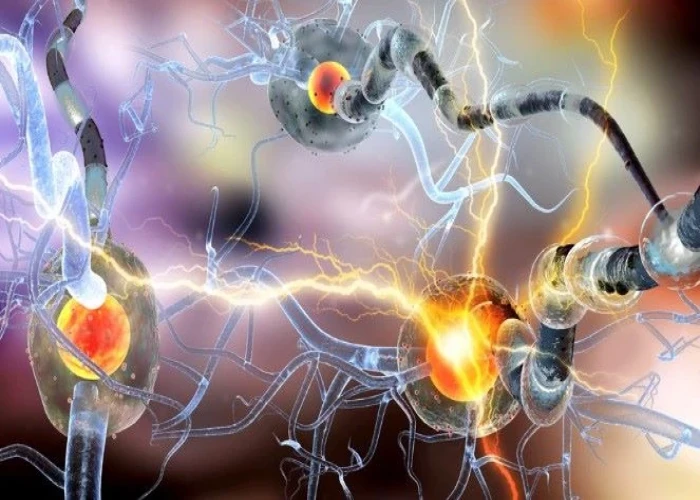 Welcome
Welcome
“May all be happy, may all be healed, may all be at peace and may no one ever suffer."
Muscular dystrophy

Muscular dystrophy (MD) is a group of genetic disorders characterized by progressive weakness and degeneration of the muscles that control movement. The most common forms of muscular dystrophy are Duchenne muscular dystrophy and Becker muscular dystrophy, both of which primarily affect boys and are caused by mutations in the dystrophin gene.
The symptoms of muscular dystrophy vary depending on the type and severity of the disorder, but typically include:
- Progressive muscle weakness and wasting, starting in the limbs and later affecting the muscles of the trunk and respiratory system
- Difficulty walking, running, and climbing stairs
- Frequent falls
- Difficulty with fine motor skills, such as writing or buttoning clothes
- Muscle pain and stiffness
- Contractures, or abnormal shortening of the muscles and tendons, which can cause joint deformities
- Cardiomyopathy (weakening of the heart muscle) in some forms of muscular dystrophy
There is currently no cure for muscular dystrophy, but treatment options focus on managing symptoms and improving quality of life. This may include physical therapy to maintain muscle strength and flexibility, respiratory therapy to prevent respiratory complications, and medications to manage pain and other symptoms. In some cases, surgery may be recommended to correct joint deformities or to insert a device to assist with breathing.
Research into new therapies and treatments for muscular dystrophy is ongoing, including gene therapies and drugs that target the underlying genetic mutations that cause the disorder.
Early diagnosis and management of muscular dystrophy is important in order to slow the progression of the disease and prevent complications. Genetic testing and counseling can also be helpful for families affected by muscular dystrophy.
Research Papers
Disease Signs and Symptoms
- Muscle pain
- Muscle weakness
- Delayed growth and development
Disease Causes
Muscular dystrophy
Certain genes are involved in making proteins that protect muscle fibers. Muscular dystrophy occurs when one of these genes is defective.
Each form of muscular dystrophy is caused by a genetic mutation particular to that type of the disease. Most of these mutations are inherited.
Disease Prevents
Disease Treatments
Although there's no cure for any form of muscular dystrophy, treatment for some forms of the disease can help extend the time a person with the disease can remain mobile and help with heart and lung muscle strength. Trials of new therapies are ongoing.
People with muscular dystrophy should be monitored throughout their lives. Their care team should include a neurologist with expertise in neuromuscular diseases, a physical medicine and rehabilitation specialist, and physical and occupational therapists.
Some people might also need a lung specialist (pulmonologist), a heart specialist (cardiologist, a sleep specialist, a specialist in the endocrine system (endocrinologist), an orthopedic surgeon and other specialists.
Treatment options include medications, physical and occupational therapy, and surgical and other procedures. Ongoing assessments of walking, swallowing, breathing and hand function enable the treatment team to adjust treatments as the disease progresses.
Medications
Your doctor might recommend:
- Corticosteroids, such as prednisone and deflazacort (Emflaza), which can help muscle strength and delay the progression of certain types of muscular dystrophy. But prolonged use of these types of drugs can cause weight gain and weakened bones, increasing fracture risk.
- Newer drugs include eteplirsen (Exondys 51), the first medication to be approved by the Food and Drug Administration (FDA) specifically to treat some people with Duchenne muscular dystrophy. It was conditionally approved in 2016.
- In 2019, the FDA approved golodirsen (Vyondys 53) for treatment of some people with Duchenne dystrophy who have a certain genetic mutation.
- Heart medications, such as angiotensin-converting enzyme (ACE) inhibitors or beta blockers, if muscular dystrophy damages the heart.
Therapy
Several types of therapy and assistive devices can improve the quality and sometimes the length of life in people who have muscular dystrophy. Examples include:
- Range-of-motion and stretching exercises. Muscular dystrophy can restrict the flexibility and mobility of joints. Limbs often draw inward and become fixed in that position. Range-of-motion exercises can help to keep joints as flexible as possible.
- Exercise. Low-impact aerobic exercise, such as walking and swimming, can help maintain strength, mobility and general health. Some types of strengthening exercises also might be helpful. But it's important to talk to your doctor first because some types of exercise might be harmful.
- Braces. Braces can help keep muscles and tendons stretched and flexible, slowing the progression of contractures. Braces can also aid mobility and function by providing support for weakened muscles.
- Mobility aids. Canes, walkers and wheelchairs can help maintain mobility and independence.
- Breathing assistance. As respiratory muscles weaken, a sleep apnea device might help improve oxygen delivery during the night. Some people with severe muscular dystrophy need to use a machine that forces air in and out of their lungs (ventilator).
Surgery
Surgery might be needed to correct contractures or a spinal curvature that could eventually make breathing more difficult. Heart function may be improved with a pacemaker or other cardiac device.
Preventing respiratory infections
Respiratory infections can become a problem in muscular dystrophy. So, it's important to be vaccinated for pneumonia and to keep up to date with influenza shots. Try to avoid contact with children or adults who have an obvious infection.
Disease Diagnoses
Disease Allopathic Generics
Disease Ayurvedic Generics
Disease Homeopathic Generics
Disease yoga
Muscular dystrophy and Learn More about Diseases

Osteochondritis dissecans

Hernia

Hypoparathyroidism

Complex regional pain syndrome

X-linked agammaglobulinemia

Reactive arthritis

Sinus headaches

Cor Pulmonale
muscular dystrophy, মাসকুলার ডিসটর্পি
To be happy, beautiful, healthy, wealthy, hale and long-lived stay with DM3S.
